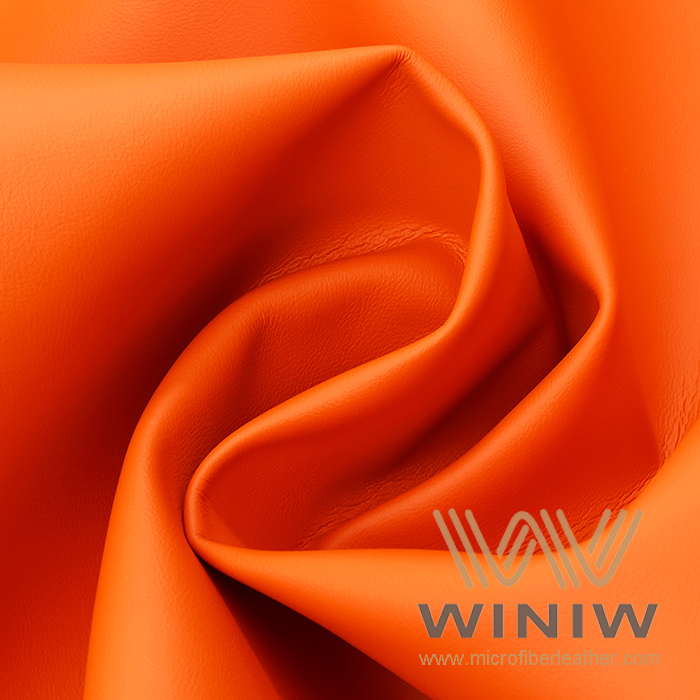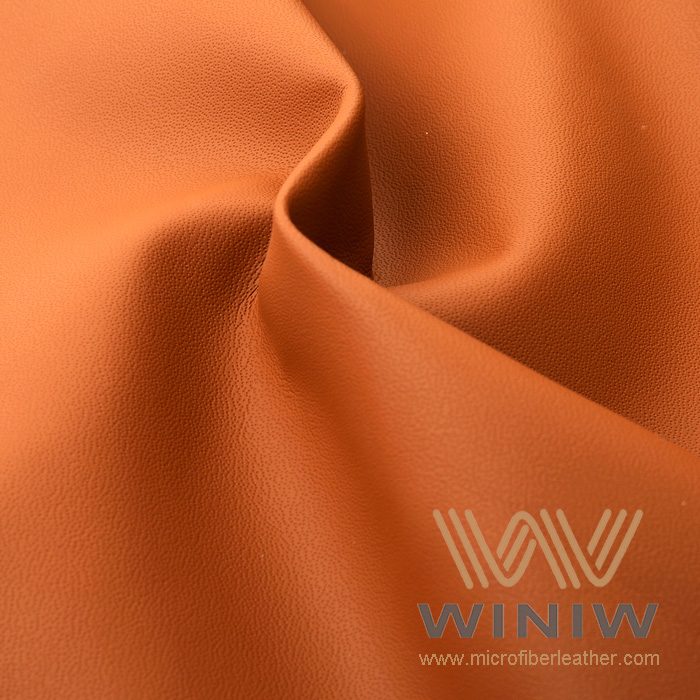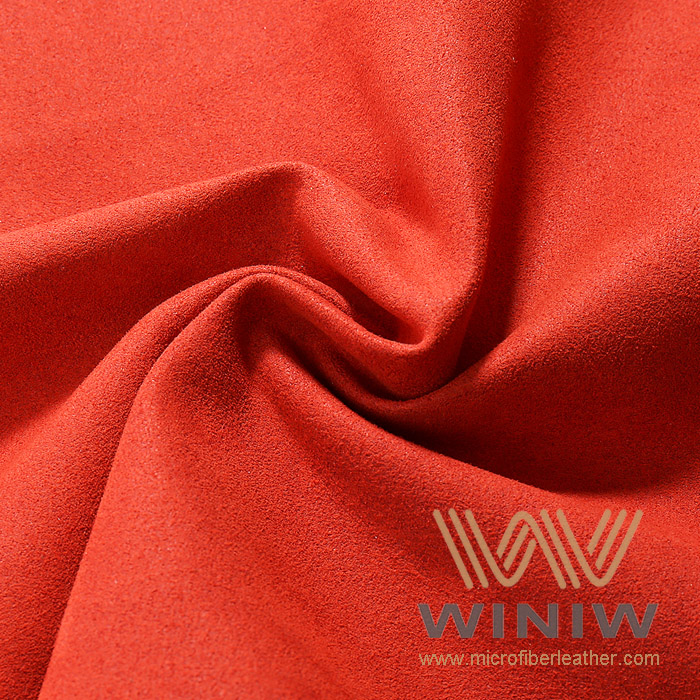Pelle naturale (derma) è tessuto da molte fibre di collagene con diversi spessori. È diviso in uno strato superficiale granulare e uno strato a rete. Lo strato granulare è tessuto da finissime fibre di collagene. Lo strato a rete è realizzato in fibra di collagene più spessa.
Lo strato superficiale della pelle in microfibra è composto da uno strato di poliuretano simile alla struttura dello strato superficiale della grana della pelle naturale, e lo strato di base inferiore è un tessuto non tessuto di microfibra. La sua struttura è molto simile allo strato a rete della pelle naturale, so the microfiber leather and natural leather have Very similar structure and performance.

Come sappiamo tutti, the main raw material for natural leather production is raw leather. In a general sense, raw hide resources refer to raw hide quantity and raw hide quality. In terms of the number of raw hides, the global livestock load is limited, and due to various factors, the global consumption of meat has been reduced. Finora, the number of global cattle stocks is still decreasing, and the slaughtering volume is also gradually decreasing. For domestic tanning companies, the supply and price of raw leather have become one of the main factors that determine the economic benefits of the company, making the purchase of raw leather a top priority for tanners. The primary concern of companies is no longer Then how to make leather but how to get good quality and cheap raw material leather, if the raw material leather is not purchased properly, no matter how high the level of the leather industry is, it can not avoid the fate of losing money. In essence, the limitation of the number of raw leathers determines that the leather industry cannot expand indefinitely. Perciò, the shortage of raw material leather resources and environmental pollution issues have raised extremely challenging issues for my country’s leather industry.
Non solo quello, from the current market demand, with the existing production capacity and the current technical level of ultra-fiber products, there is an indisputable fact that the product market is relatively single, and each manufacturer’s production type is single. Perciò, technological innovation is one of the main driving forces driving the development of the leather economy era. Major technological innovation can drive the sustained and rapid development of the leather industry, and basic research is a hotbed of major technological innovation. When natural leather and microfiber synthetic leather are complementary, the development of microfiber synthetic leather will promote the development of natural leather to high value-added products, fill the material gap of low-end leather products, and promote the rapid development of my country’s leather industry as a whole. Allo stesso tempo, it can further solve the breakthrough technology gap of environmental pollution.

Among them, when natural leather and microfiber synthetic leather are complementary, the development of microfiber synthetic leather can be called a model for the combination of new materials. It has completed the process from “imitation” per “transformation” and has become a substitute for natural leather. The best material. Using ultrafine fiber nonwoven fabrics with a three-dimensional network structure as reinforcement materials, the ultrafine fiber synthetic leather obtained by impregnating polyurethane gradually approached natural leather in terms of internal microstructure, appearance texture and physical characteristics. Inoltre, this new material has the advantages of lower cost and continuous rapid production. According to the survey statistics of the member units of the Synthetic Leather and Synthetic Leather Committee of the China Plastics Processing Industry Association: Domestic production of ultra-fine fiber synthetic leather in 2009 increased by 25% year-on-year to 35 million m2, of which the sales volume in the Wenzhou market reached 5 million m2 in 2009. Nel 2010, my country’s polyurethane microfiber synthetic leather industry has begun to enter a new construction peak, and its development momentum is very rapid. Based on the homogeneity of the end use, the complementary advantages of natural leather and microfiber synthetic leather are increasingly obvious. Infatti, the hygroscopicity of microfiber synthetic leather is the best among all synthetic leathers. Secondo i dati, the moisture permeability of natural leather is about 800mg/(10cm2.24h), while the permeability of microfiber base fabric is The steam volume is about 400mg/(10cm2.24h), which is mainly because there are more hydrophilic groups on collagen fibers in natural leather than in ultra-fine fiber base fabrics. Perciò, the application of natural leather processing technology to the production of ultra-fine fiber synthetic leather is an investment project that is well regarded by experts and has a promising future.

Materiale del rivestimento per auto in camoscio sintetico
It is understood that in some countries and regions such as Japan, the development of technology has made microfiber synthetic leather have largely replaced natural leather with insufficient resources, and some bags, capi di abbigliamento, shoes and vehicles and furniture made of artificial leather and synthetic leather Decoration has also been increasingly recognized by the market. The wide range of applications, the large number, and the many varieties cannot be achieved by traditional natural leather. The same is true in my country. As an important part of the leather industry, microfiber synthetic leather is widely used in various industries of the national economy. Certo, the development of Japan in the development of microfiber synthetic leather technology has provided us with successful experiences that we can learn from.

